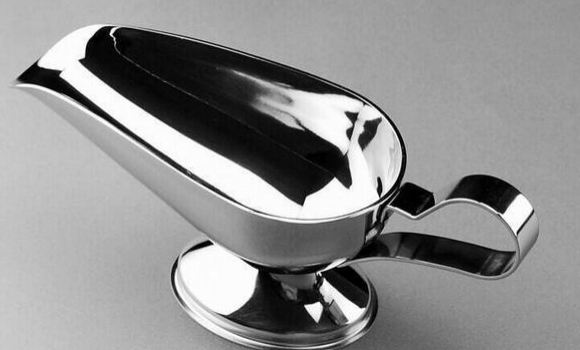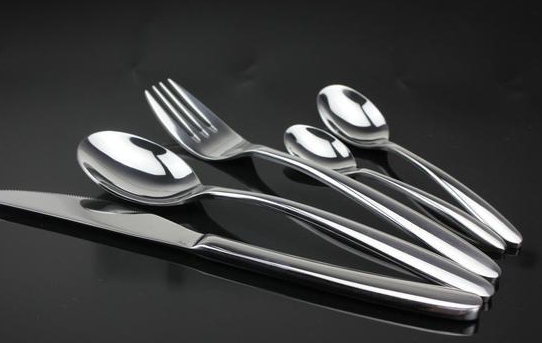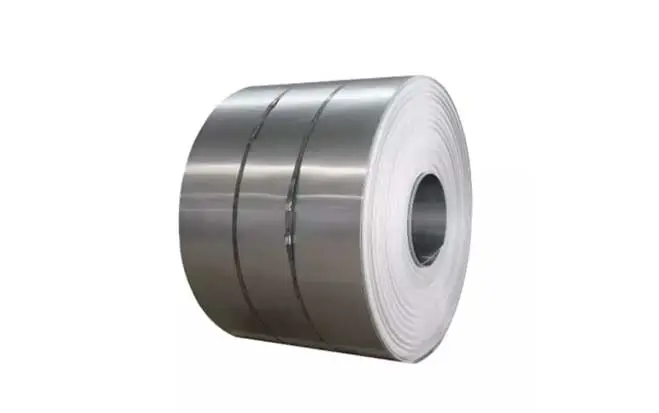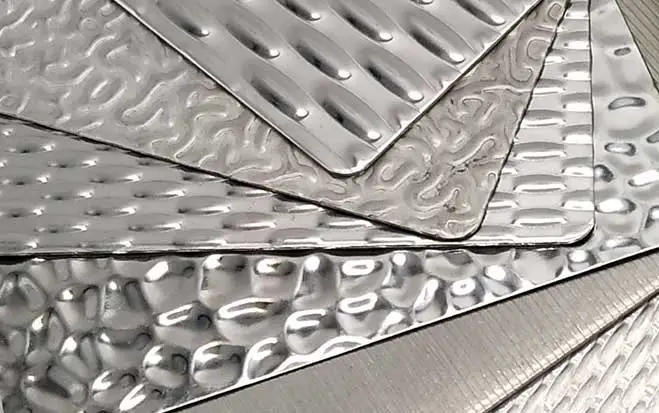Usually, the most common stainless steel varieties are stainless steel 304 and stainless steel 316, but what exactly is the difference between the two?
First, let's talk about the issue of food grade. In daily life, people often wonder whether 304 stainless steel is food grade or not. In terms of material, stainless steel 304 does meet food grade standards. The three common food grade stainless steels in the market are 304, 316, and 430 stainless steel. 304 is usually used for household appliances or water cups, while 316 is used in medical devices, and 430 is used for cutlery. However, it is worth noting that the so-called food grade not only refers to the material meeting food grade standards, but also includes the standards of its production process.
Next, let's talk about corrosion resistance. There is definitely a certain difference in corrosion resistance between different stainless steel materials, otherwise 304 would not be limited to daily household appliances while 316 can be used in medical devices. So which material, 316 or 304 stainless steel, has better corrosion resistance? In general, there is not much difference between them, but when the chloride ion content in the medium is very high, 316 stainless steel will be slightly better than 304 stainless steel, making it more suitable. This is why 316 SS sheet is chosen for medical devices.
One way is to distinguish by color. Stainless steel that has been acid cleaned will have a silver-white color and a very smooth surface, while stainless steel that has not been acid cleaned will have a slightly darker color. The colors displayed by different types of stainless steel after processing are also different.


Another way is to use a magnet to identify stainless steel. Because stainless steel contains chromium, it can be attracted by a magnet in any state; but stainless steel with high manganese content is non-magnetic. The situation is slightly more complicated for chromium-nickel-nitrogen stainless steel, some of which can be attracted by a magnet and some cannot, making it easy to distinguish between different types of stainless steel.
Related topic recommendations
Austenitic Vs Ferritic Vs Martensitic Stainless Steel
Is 409 Stainless Steel Magnetic
what is the difference between 304 and 321 stainless steel
what is PVD coating on stainless steel
Reflectivity of Stainless Steel

College degree, Internation trade Major of CHANGSHA ZHONGSHANG FOREIGN LANGUAGE UNIVERSITY.
Professinal exporting manager of NORMANDY METAL INDUSTRY CO.,LTD.
18 years working experience in STAINLESS STEEL MATERIALS INDUSTRY.



